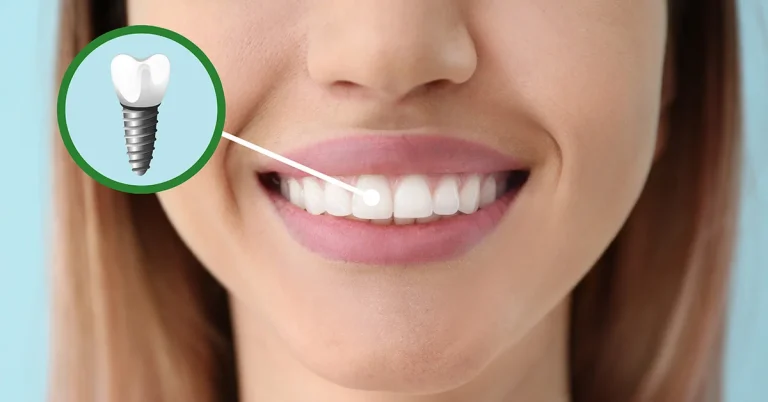Composite Bonding: A Durable Solution for Everyday Wear and Tear
- By Ed Miller
- February 27, 2025
Introduction to Composite Bonding
Composite bonding has revolutionised the field of cosmetic dentistry, offering an effective solution for those experiencing everyday wear and tear on their teeth. This minimally invasive treatment provides a practical and aesthetically pleasing option for individuals seeking to enhance their smile. With its ability to restore teeth efficiently, composite bonding has gained popularity across the globe, especially in bustling urban centres like composite bonding London.
The Process of Composite Bonding
What is Composite Bonding?
Composite bonding involves the application of a tooth-coloured resin to the teeth, which is then shaped and hardened using a special light. This technique allows dentists to repair chipped or cracked teeth, close gaps, and even change the shape or colour of teeth. It is a preferred choice for many due to its affordability and quick procedure time, often completed in just one visit.
Step-by-Step Procedure
- Consultation: A thorough examination by the dentist to determine if composite bonding is suitable for the patient’s needs.
- Preparation: Teeth are gently etched to ensure the resin adheres properly.
- Application: The resin is carefully applied and moulded to the desired shape.
- Curing: A special light is used to harden the resin, securing it in place.
- Polishing: The bonded teeth are polished to blend seamlessly with the natural teeth.
The Benefits of Composite Bonding
Composite bonding offers numerous advantages, making it a popular choice for dental restorations. It provides an immediate improvement in the appearance of teeth, boosting confidence for those seeking a smile transformation. Moreover, the procedure is non-invasive, preserving much of the original tooth structure, which is crucial for long-term dental health. The results achieved are natural-looking, and with proper care, the bonding can last for several years.
Advantages Over Other Treatments
- Cost-Effective: Compared to veneers or crowns, composite bonding is a more affordable option.
- Quick Results: Most treatments are completed within a single visit.
- Versatility: Suitable for a variety of cosmetic issues, including discoloration and gaps.
For further insights into various dental bonding techniques and procedures, this comprehensive guide on dental bonding techniques provides valuable information.
Longevity and Care
The longevity of composite bonding depends significantly on how well one maintains their oral health. Regular dental check-ups and good oral hygiene practices are paramount. Composite materials are susceptible to staining, so avoiding foods and beverages that could cause discolouration is advisable. Additionally, being mindful of habits such as nail-biting or using teeth as tools can prevent unnecessary damage.
Research indicates that composite bonding, when maintained properly, provides a lasting solution for dental restoration. A detailed study on the durability of composite materials underscores the effectiveness of this treatment in everyday scenarios.
Conclusion: A Wise Choice for Dental Restoration
Composite bonding undoubtedly stands out as a practical and advantageous choice for those seeking dental restorations. Its ability to address a variety of issues while offering a quick and cost-effective solution makes it an appealing option. Individuals contemplating this treatment can be assured of its efficacy, as demonstrated in studies exploring the impact of composite bonding on dental health. For those in urban areas such as London, services like composite bonding London are readily accessible, providing an opportunity for many to regain their confidence with a revitalised smile.








